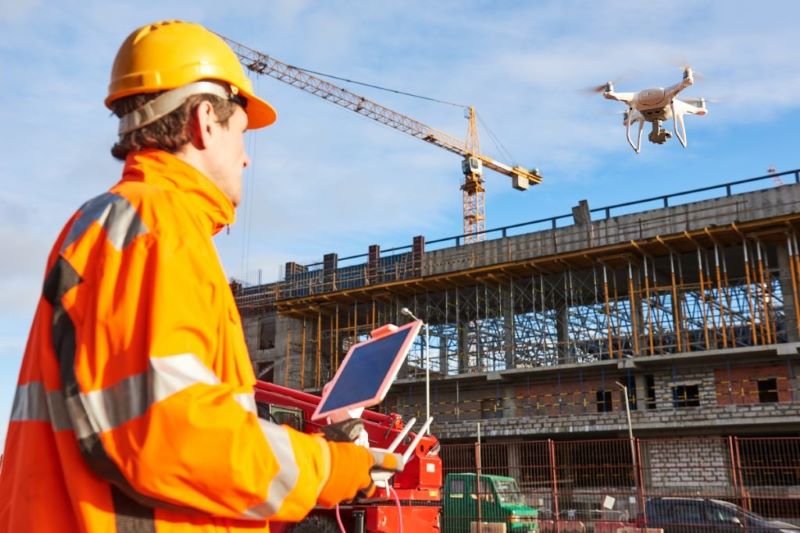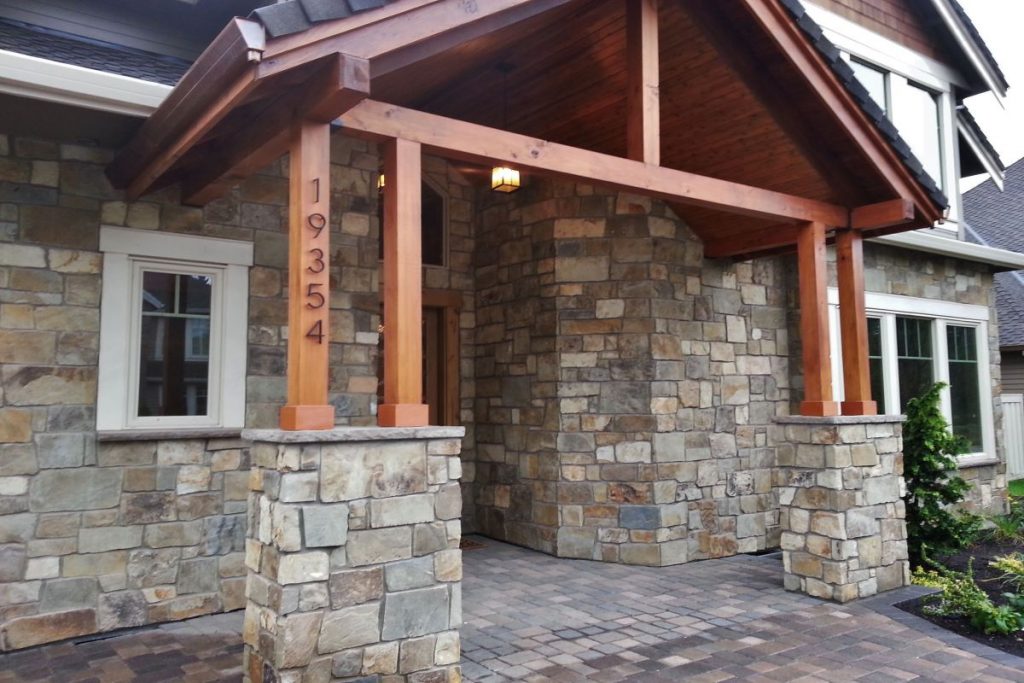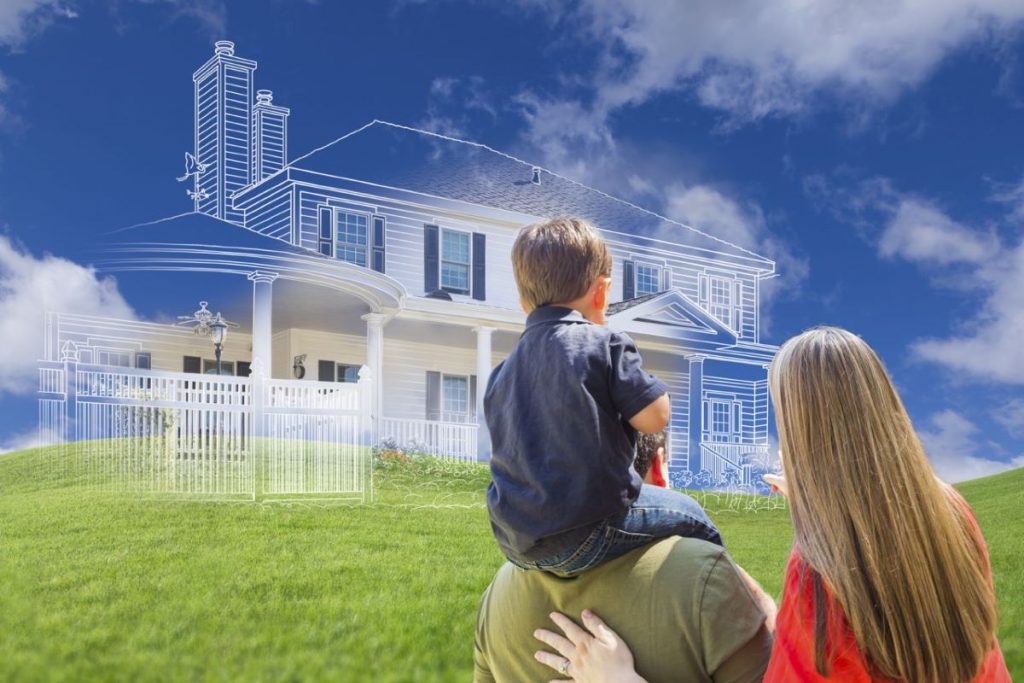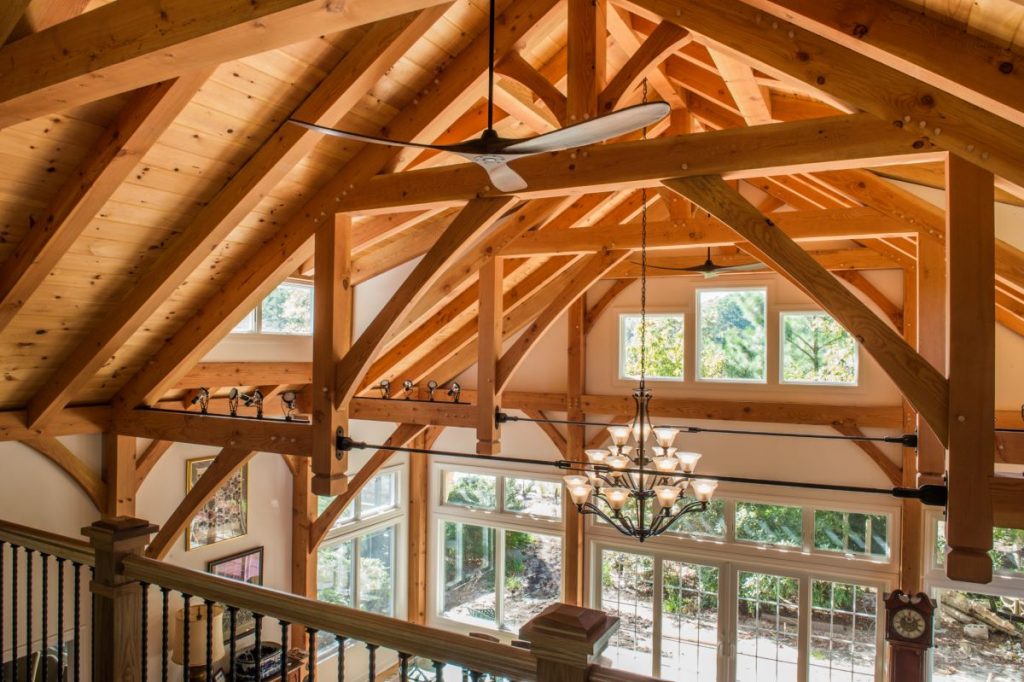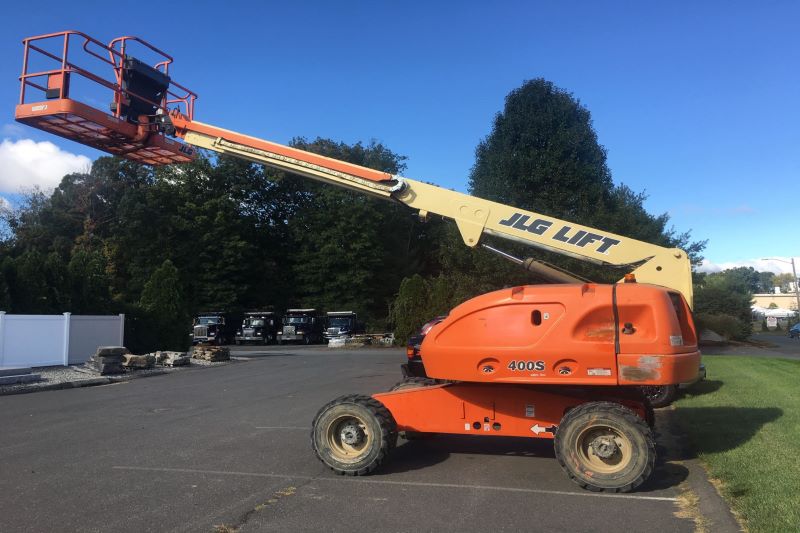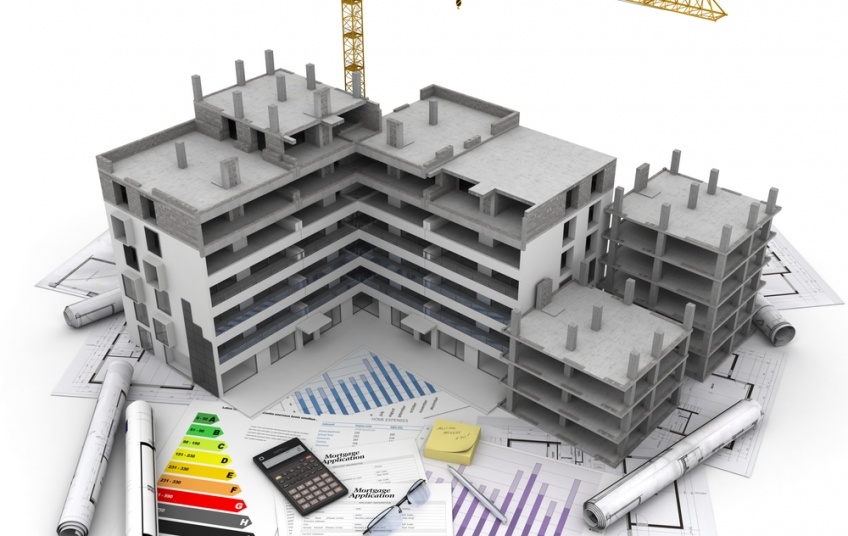Table of Contents
Drones have become a relatively common piece of equipment in the leisure industry, in the military, and even in industry. There are many applications for drones but you may not have heard of thermal imaging cameras attached to drones!
The first drone appeared in 1915, although this is a long way from the drones of today. In fact, the original was military. It was unmanned and was designed as an aerial target. A pilotless torpedo followed which was used in the First World War and the development has continued until today, where it is possible to get handheld drones that fly several hundred feet into the sky.
How Drone Thermal Imaging Works
As the name suggests a drone is a small flying device that has four blades, often referred to as a quadcopter. It can be controlled remotely, allowing the operator to easily get to difficult to reach places.
The thermal imaging camera scans the designated area looking for heat signatures. These are displayed on the screen in colors. The darker the screen the warmer the area is.
The camera uses infrared waves to detect the heat emitted from objects, including people.
Uses for Drone Thermal Imaging
You can get a drone thermal imaging camera from a variety of places and for an array of uses.
Some of the most common applications are with emergency response teams. Firefighters can use them to locate the source of a fire or look for signs of life. The police force uses them the track suspects, especially at night when it’s much easier to see an infrared signal than it is to see the person. The military uses them for a wide array of situations, many of which are classified.
This makes them a powerful tool.
But, you may be surprised to learn that they are also commonly used in building surveys! Infrared heat sensors are a great way of establishing the energy loss of a building. In effect, this will tell you how effective the current insulation is and how much more you’re going to need to buy. It can also show you whether heat is escaping through the walls and windows.
Thermal imaging also highlights electrical issues and even water movement in a property. In fact, it can even detect pests that you may not know are there. It’s a valuable tool that all building inspectors should use.
The simple fact is that it’s not always easy to get to the roof or under the floor, especially if you’re dealing with a tall building. Drone thermal imaging cameras solve this issue as they can be flown around the building and still see all the relevant information.
Having a drone thermal imaging completed can save you a lot of money if faults are found. In fact, it’s a great way to emphasize how useful technological developments are. It’s not just your interests that are protected, it’s the safety of the building and others in, or near the building.
Source/credit: sbdir.com.au
